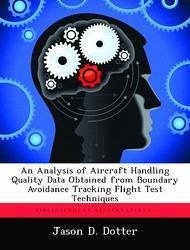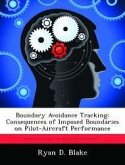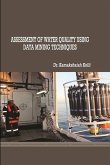Cooper-Harper ratings (CHRs) have been used to describe and compare aircraft handling qualities for over 40 years, but are by their very nature, subjective. The subjective and sometimes ambiguous results obtained from qualitative handling quality ratings are inconsistent with the rest of the flight test process, where quantifiable results followed by statistical analysis are the norm. This thesis presents a method for obtaining accurate and consistent flight test data that quantifies the handling qualities of a specific aircraft. The method is demonstrated using both pilot-in-the-loop simulations and flight tests with the NF-16D Variable-Stability In-Flight Simulator Test Aircraft (VISTA). Boundary Avoidance Tracking (BAT), introduced in 2004 by Mr. William Gray III, a test pilot at the US Air Force Test Pilot School (TPS), is used here to provide a novel approach for forcing an increase in pilot workload and tracking performance in order to assess an aircraft's handling qualities. By utilizing BAT with shrinking desired performance boundaries on a point tracking task, pilots are forced to their maximum performance (i.e. minimum error) on the tracking task.
Hinweis: Dieser Artikel kann nur an eine deutsche Lieferadresse ausgeliefert werden.
Hinweis: Dieser Artikel kann nur an eine deutsche Lieferadresse ausgeliefert werden.








